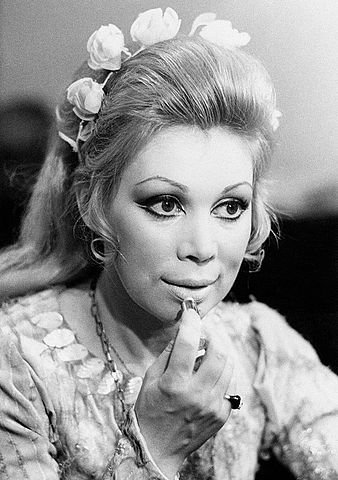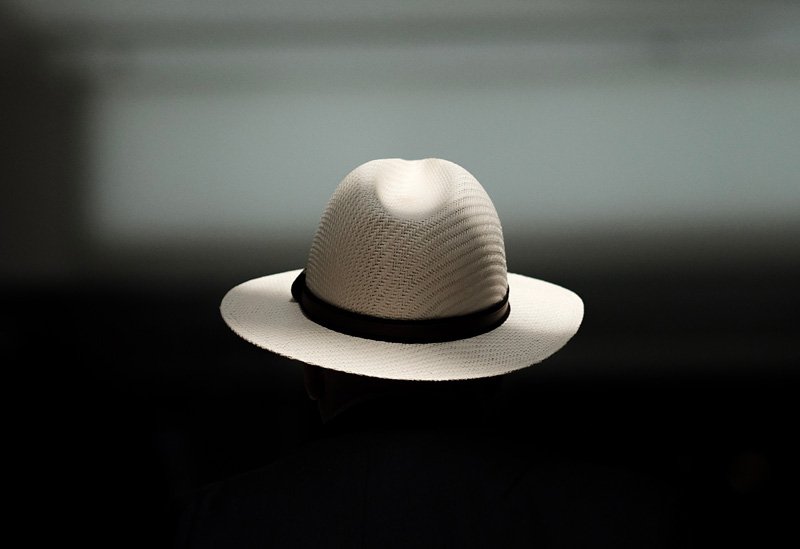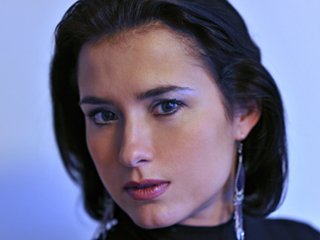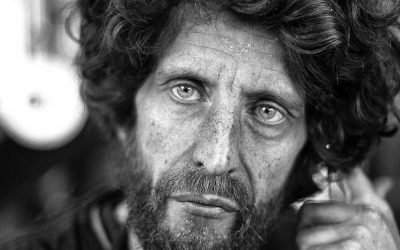What’s your voice type? Lyric or dramatic?
Let me start with a rant: it has become a common practice, in colleges and conservatories around the world, for teachers to become extremely fearful of “pushing” the young singer. While it’s quite understandable to have a regard for lyricism in singing, it is equally dangerous, if not more dangerous, to try squeezing a big voice into a lyric mold just because the singer is young. Vocal strain when told to “lighten up” on the voice without the technical knowledge and ability of HOW TO DO IT might cause physical and psychological (permanent) damage to the singer and his/her instrument.
If such teachings are combined with the now common belief that singing opera should be as easy and effortless as speaking you might witness (as we often do in McCray studio) students with years of study behind them and no vocal development. Those voices sound very fragile and are led as lyric but they just lack basic vocal development. Only when one’s voice is developed can there be talk about its quality as potentially lyric or dramatic.
The young singer who’s voice can be described as dramatic has somewhat greater challenges. An operatic sound is an extraordinary vibration. A lighter-voiced singer singing a fully supported tone is already impressive in any room. The lighter-voiced singer, however extraordinary, sounds human. When we think of voice types, it is the lighter voices that are considered typical. To most people a voice of a tenor sounds like Nemorino or Rodolfo, not so much like Siegmund or Otello. A soprano sounds more like Pamina and Musetta rather than Turandot or Ariadne.
Dramatic challenges
The difficulties for the heavier-voiced singers typically begin early. Already in early training, most heavier-voiced singers are often told they sing too loudly or too heavily because they are naturally less coordinated in relation to the necessary breath compression. Such large voices must also become psychologically comfortable with the taking of greater personal space because of the natural power of the voice. Even speaking softly, a fully supported heavier voice will have a dramatic impact on the average listener. Those types of singers often reduce themselves to fit in and that is where technical problems begin.
The proper training and choice of repertoire for singers with a “dramatic” voice might sometimes be more challenging and time consuming for both the student and the pedagogue but much more productive, efficient and healthy for the singer in the long run.
Internet? Thank you, but no, thank you!
Use of internet to determine your lyric or dramatic quality or voice type often proves quite perilous. Weather you are a young teen, elderly singer or an amateur considering more professional approach please remember: you will NOT find the answer to those questions online whether it is in a form of an article or a chart. There’s a number of charts online stating such qualities for each voice: how is anyone supposed to know to get these right without proper training?
Vocal range, determining voice tessitura and voice quality (weight) are things to be worked on and developed with an actual voice teacher, in person.
If you look for the explanations for lyric voices, there are many extremely confusing statements on the internet, like:
“A lyric voice is light, agile and usually pretty!” Aside from the fact that all these things can be extremely subjective, if you assume that dramatic voices are opposite to the statement above, they should be: big?! ugly?! inflexible ?!?!
I think not!
Coloratura
First of all let’s explain the term AGILE.
In most cases this term is associated with one’s ability to sing coloratura.
Coloratura (from Italian term colorare which means to color) is first and foremost a technical ability required by all voice types very much like the ability to sing forte or piano, to perform portamentos or staccato notes.
When used in English, the term coloratura specifically refers to elaborate melodies, particularly in vocal music and especially in operatic singing of the 18th and 19th centuries, with runs, trills, wide leaps or similar virtuoso-like material. Its instrumental equivalent is ornamentation. It is also now widely used to refer to passages of such music, operatic roles in which such music plays a prominent part, and singers of these roles.
So, if agility is not the term by which we should judge this, what is?
In layman’s terms lyric and dramatic most plainly refer to the “weight” or “true nature” of one’s voice. Dramatic voices are by nature darker, often described as powerful and richer, with a metallic quality (spinto) in contrast to Lyric being described as brighter, lighter and sweeter.
To avoid confusion with regard to “jargon” it is important to define the terminology in a manner as empirical as possible.
The native structure of a given singer’s voice is based on:
The role of the music…
But there is another lyric and dramatic aspect when we talk about the voices: the lyricism and the drama of the music itself.
As mentioned above all professional singers regardless of the nature of their voice must be able to express lyricism or drama inherent to the music with their voices.
The issue is: same phrase sung by a lyric or dramatic voice will and SHOULD sound very different. It will probably have a small difference in tempo and phrasing as well. This is often a matter of taste. Not everyone agrees on casting of certain roles. The teaching school of “natural singing“, with the aid of the recording industry whose technical development enables it to record the most delicate of vibrations, has brought up a trend of casting voices more lyric in nature for roles that they would have never been considered for only 2 decades ago. In turn the operatic fans and even conductors mourn the loss of dramatic voices in the industry while they themselves partially helped to eliminate them.
Misunderstandings and wrong interpretations

One of the greatest lyric sopranos of all times, Mirella Freni, had a voice which, even though lyric in nature, was everything but small.
Wrong again! As mentioned on the beginning of this article, insisting that a young singer should excessively begin with lyric roles might bring the same danger as pushing a lyric voice into more dramatic repertoire too soon. Try walking in shoes several sizes smaller and see how your feet feel – same principle applies to a voice!
3. Dramatic voices are inflexible and can not sing soft.
Another misconception.
Great Bulgarian dramatic soprano Ghena Dimitrova one of the most celebrated Turandot of all times insisted that singing the belcanto repertoire (roles like Norma, Abigaille, Odabella, Lady MacBeth etc.) helped keep her voice agile and young.
This misconception mostly comes from the fact that, on average, young dramatic voices often struggle with mastering their voice a bit longer than their lyric counterparts.
Through practice and proper technique managing coloratura passages in their repertoire becomes as easy as with lyric voices. However, dramatic repertoire with extensive coloraturas is not so common for all voice types alike.
To conclude:
-
- Terms Lyric and Dramatic can be used when referred to a character of the singer’s voice but also to the Lyricism or Drama within the music. While not mutually exclusive they do not mean the same thing as all singers regardless of the nature of their voice should be able to deliver both lyric and dramatic lines of music convincingly.
-
- Training lyric and dramatic voices does not mean training them differently but it might take a voice dramatic in nature more time and effort to properly develop to its full potential.
-
- Training and developing any voice requires: time, effort and personal interaction with a voice teacher. One can not determine such things using charts on the internet.
-
- While some things might be or sound easier to deliver for a voice of a specific nature, both lyric and dramatic voices must be able to perform all technical and musical aspects of the given music. Having said that: if we take into account the size and ease with which dramatic voices penetrate orchestration and travel through space it is only natural that the pianissimo of a dramatic and lyric voice won’t sound exactly the same – nor should they!







